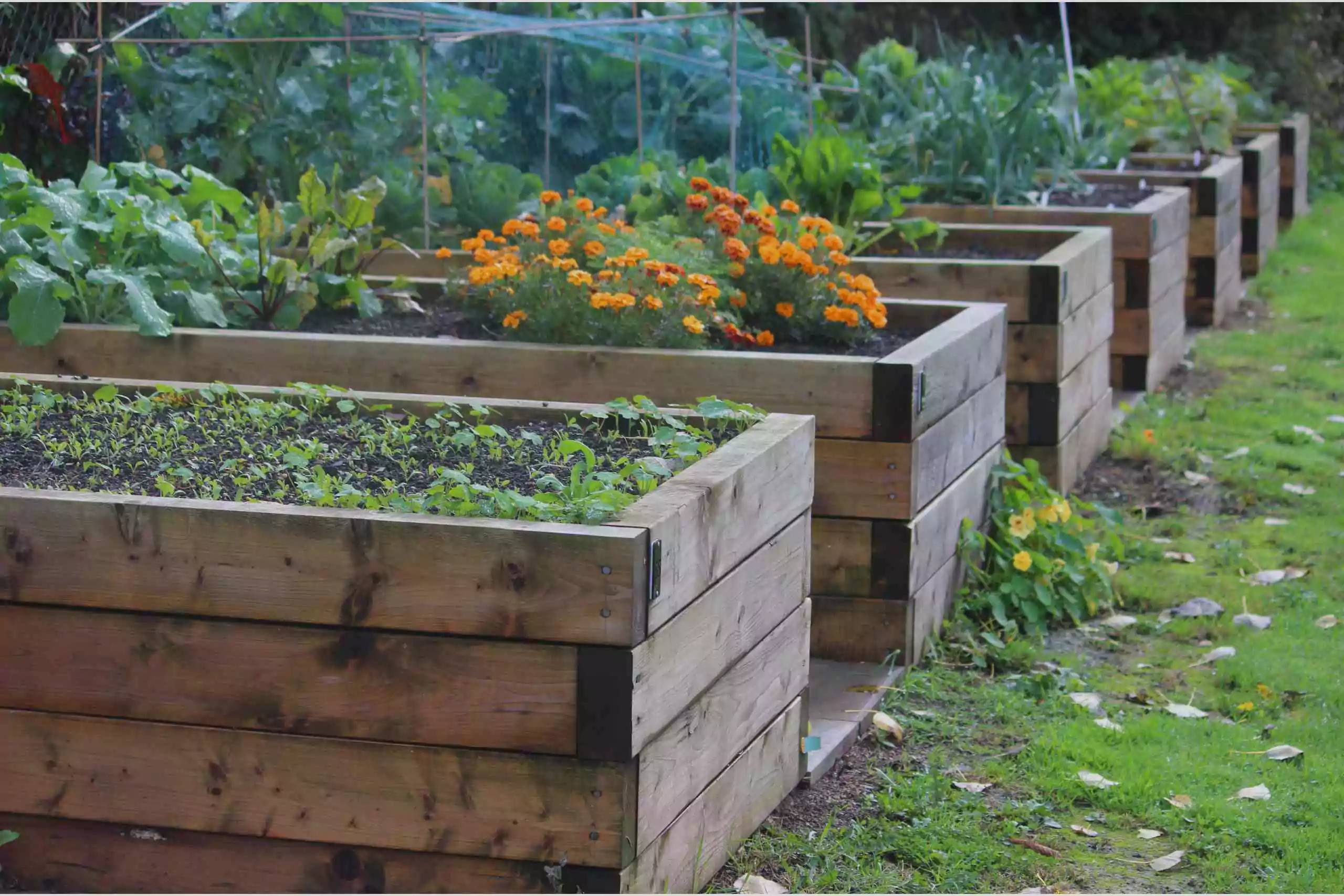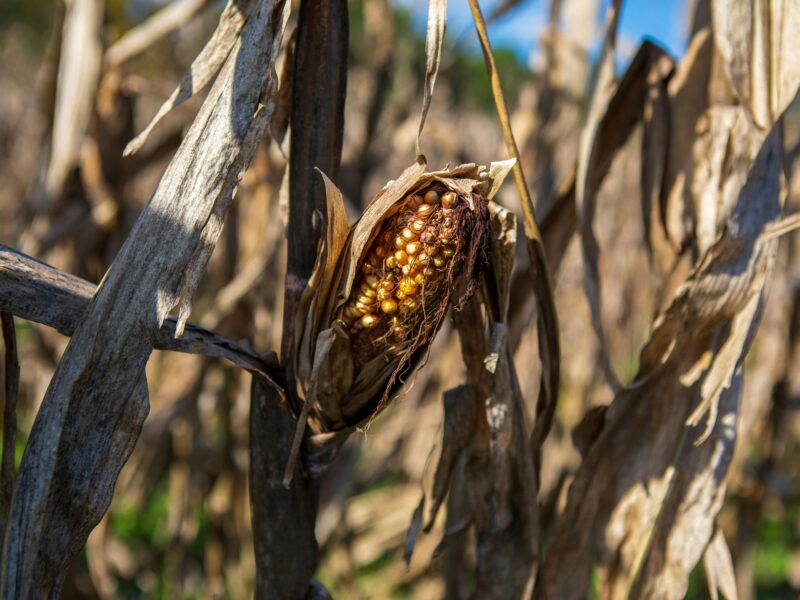For many living in urban areas or dealing with small outdoor spaces, traditional gardening might seem out of reach. However, container gardening offers a versatile solution that allows you to cultivate everything from a collection of flowers to an entire vegetable garden right on your balcony, patio, or windowsill. Here’s everything you need to know to start your container garden and ensure it thrives.
1. Choosing the Right Containers
The first step in container gardening is selecting the right containers. Your containers can be as traditional or creative as you like, as long as they offer adequate drainage. Everything from ceramic pots and wooden planters to old barrels or even recycled items like buckets can serve as effective containers. Just ensure they have holes at the bottom to prevent waterlogging.
2. Select Suitable Soil
Unlike regular garden soil, which can be too dense or may contain disease organisms, container gardening requires a light, well-draining potting mix. These mixes provide the right balance of moisture retention and drainage needed for healthy root growth. You can find a commercial potting mix at any garden center, which often includes components like peat moss, perlite, and vermiculite.
3. Pick the Right Plants
Not all plants are well-suited for container gardening. Choose varieties known for their adaptability to container life. Dwarf and compact varieties of tomatoes, peppers, and even small root vegetables like radishes and carrots thrive in containers. For ornamentals, consider plants like petunias, marigolds, or succulents, which adapt well to life in pots.
4. Understand Sunlight Requirements
Most vegetables and flowering plants need at least six hours of direct sunlight per day. Observe your space to see how much sunlight it receives and select plants accordingly. If your space doesn’t get enough light for sun-loving vegetables, consider leafy greens like spinach or lettuce, which can tolerate more shade.
5. Proper Watering Is Key
Container plants often require more frequent watering than their in-ground counterparts, especially during hot weather. However, over-watering can lead to root rot and other issues. Check the soil moisture daily and water when the top inch of soil feels dry. Consider using a watering can with a long spout to target water directly at the soil, avoiding leaves.
6. Regular Feeding
Nutrients in potting soil can deplete quickly, especially with frequent watering. Feed your container plants with a balanced, water-soluble fertilizer every two weeks to encourage robust growth. For organic options, fish emulsion or seaweed extracts can provide gentle, natural nourishment to your plants.
7. Master the Art of Pruning
Regular pruning helps keep plants healthy and productive. For flowering plants, deadheading (removing spent flowers) encourages more blooms. For vegetable plants, pruning can help increase yield and prevent disease. Learn the specific pruning needs of each plant type in your container garden.
8. Monitor for Pests and Diseases
Container plants are not immune to pests and diseases. Regularly inspect your plants for signs of trouble, such as discolored leaves, stunted growth, or visible insects. Catching problems early is key to managing them. Natural remedies like neem oil or insecticidal soap can be effective treatments for many common pests and diseases.
9. Seasonal Adjustments
As seasons change, so do the needs of your container garden. In hot weather, you might need to water more frequently or move containers to a spot with afternoon shade. In cold weather, some containers may need to be brought indoors or provided with protection from frost.
10. Experiment and Enjoy
One of the greatest joys of container gardening is the ease with which you can experiment. Try different plant combinations, swap out underperforming plants, or test new varieties. Container gardening can be a creative and deeply rewarding endeavor, offering a unique connection to the natural world, even in a small space.
Container gardening is a fantastic way to turn any small space into a lush garden oasis. It’s adaptable, scalable, and satisfying, providing a practical solution for gardening enthusiasts who might not have access to traditional garden spaces. With the right approach, you can enjoy a bountiful harvest of vegetables or a stunning floral display, all from the convenience of your own patio or balcony.
Embrace the flexibility and creativity that container gardening offers, and you’ll discover just how rewarding gardening can be, no matter the size of your space.


